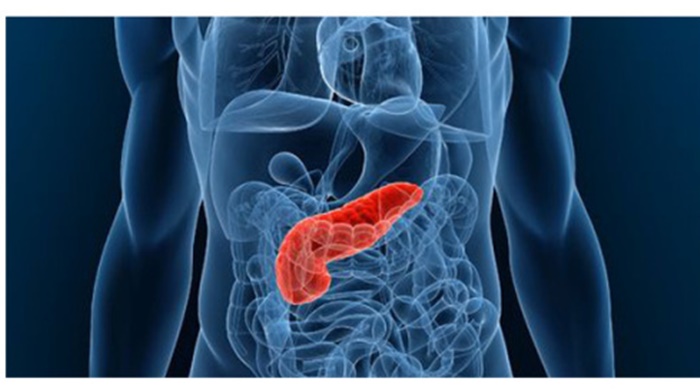The pancreas is a gland in our body which is located in the abdominal region between the stomach and the spine. Depending upon the exocrine or endocrine component pancreatic cancer is of different ways which are discussed below:
Exocrine cancer: Exocrine pancreatic cancers (occurring in the cells responsible for producing the digestive enzymes) may reduce the body’s ability to take up nutrients. Pancreatic exocrine tumors often lead to the over-production of certain hormones which leads to a variety of other endocrine-related syndromes.
Endocrine cancer: Pancreatic neuroendocrine tumors form in hormone-making cells (islet cells) of the pancreas. Tumors that form in islet cells are called islet cell tumors or are referred to as endocrine cancer.
Pancreatic cancer has a particularly low survival rate because of the difficulty in getting drugs to the tumor. The new researchers have shown that invading pancreatic tumors rely on surrounding cells – called stromal cells − to “remodel” tissue for invasion.
10 Signs and Symptoms of Pancreatic Cancer
#1 Dyspepsia or Abdominal Discomfort (no response to prescribed medication)

Abdominal pain is considered as a common symptom. It often radiates to the middle or upper back and often worsens after eating or when a person lies down. Upper abdominal pain is experienced in advanced pancreatic cancer. Pain can occur when a tumor which originates in the body or the tail of the pancreas and grows. It puts pressure on surrounding nerves or abdominal organs.
#2 Ascites
In this condition, excessive fluid builds up in the abdominal cavity which causes swelling and distention in the belly region. The abdominal cavity is which is surrounded by a lining called the peritoneum. In severe cases of ascites, there is a possibility that a person retains gallons of fluid in their abdominal cavity. A person experiences significant pain and difficulty in breathing.
When a person suffers from ascites, a doctor may give diuretics, or water pills, to slow down the fluid buildup.
Ascites may occur at any stage of pancreatic cancer. Most often, it is typically associated with metastatic pancreatic cancer. In case, cancer spreads to the peritoneum, it can cause irritation and excessive fluid to build up.
#3 Diabetes

Diabetes is a condition which is marked by high blood sugar and glucose intolerance in the body. It occurs when the body does not produce enough insulin to properly metabolize glucose in the system. The body cannot make proper use of existing insulin.
The development of diabetes is linked to problems in the pancreas, as insulin is a hormone produced in the pancreas.
Sudden onset of diabetes in people with normal body mass index is often a symptom of pancreatic cancer. It is a warning sign of pancreatic abnormalities. Also, if well-controlled diabetes suddenly becomes poorly controlled, this change is also considered to be a warning sign for pancreatic cancer.
#4 Loss of Appetite

Unintended weight loss is a common symptom in people with pancreatic cancer. These people often experience little or no appetite.
#5 Back pain
Pain in the abdominal region (belly) or in the back is common in pancreatic cancer. Cancers which starts in the tail of the pancreas grows fairly large. Cancer starts to press on other nearby organs which cause pain. Cancer may also spread to the nerves which surround the pancreas. It often causes back pain.
#6 Swollen Gallbladder
Pancreatic cancer blocks the bile duct due to which bile build up in the gallbladder, making it larger. The doctor can feel this as a large lump under the right side of the ribcage during a physical examination such as on imaging tests.
It sometimes enlarges the liver. The doctor might be able to feel this below the right ribcage or as seen on imaging tests.
#7 Jaundice

Jaundice is identified by your skin and the whitening of your eyes which turns into yellow or greenish yellow.
Dark urine and light or clay-colored stools are also experienced jaundice. Jaundice typically occurs in pancreatic cancer when a tumor in the head region of the pancreas first narrows and then starts obstructing the common bile duct. It blocks the flow of bile resulting in jaundice.
In case, you regularly experience ONE OR MORE of this symptom don’t ignore them. Rush to doctor as soon as possible.




